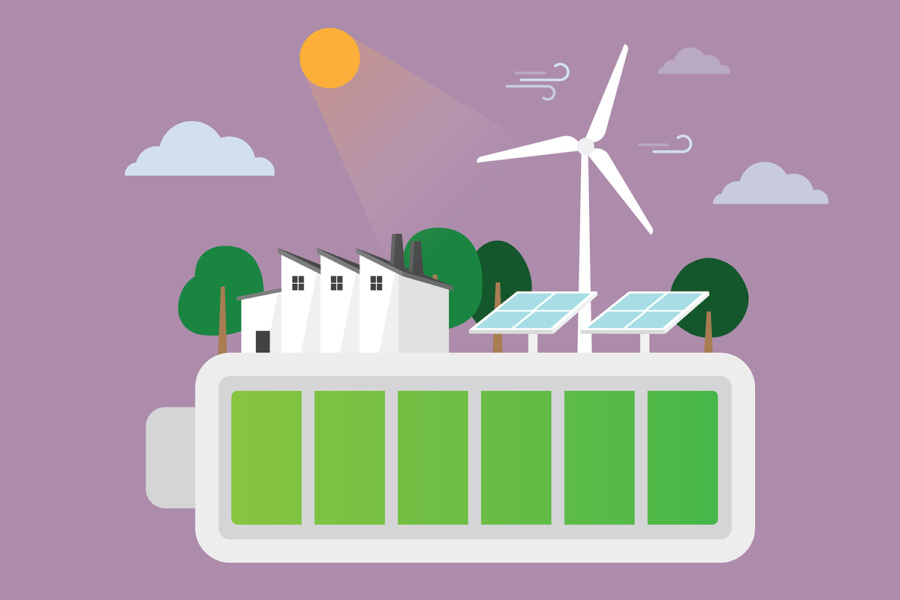
A team of researchers from Stanford University is working to improve the technology for storing renewable energy using liquid organic hydrogen carriers (LOHC). This new technology can significantly improve the storage of electricity in the electric grid, especially in the state of California, where renewable energy sources are actively used.
Каліфорнія значною мірою покладається на природний газ для стабілізації коливань виробництва відновлюваної енергії, адже сонячна енергія знижується вночі та взимку, а вітрова енергія також нестабільна. Professor of Chemistry Robert Weymouth emphasizes the importance of new energy storage methods that can store electricity when there is an excess and release it during times of shortage.California relies heavily on natural gas to stabilize fluctuations in renewable energy production, as solar power declines at night and in winter, and wind power is also unstable.
The Weymouth team is investigating the use of LOHCs to store and release hydrogen using catalysts and elevated temperatures. They work with isopropanol and acetone as key components to create hydrogen energy. Isopropanol, which can be transported and stored in existing infrastructure, can serve as a high-density liquid form of hydrogen, allowing it to be used in fuel cells without CO₂ emissions.
One of the main challenges is the production of isopropanol without the formation of hydrogen gas. Researcher Daniel Marron has developed an iridium-based catalytic system that combines protons and electrons with acetone to create isopropanol without hydrogen gas. The auxiliary substance in this reaction is cobaltocene, which provides efficient transfer of protons and electrons to the catalyst.
The use of cobalt, which is already a popular battery material, can help create more affordable and scalable LOHC systems. Researchers are also considering the use of other non-precious metals, such as iron, to improve this technology.
This new strategy of storing electricity in liquid fuels could have a significant impact on the industrial and energy sectors by ensuring the efficient use of renewable energy. As Weymouth summarized, the process is quite simple: “When you have excess energy and there is no demand for it in the grid, you store it as isopropanol. When you need energy, you can return it as electricity.”

